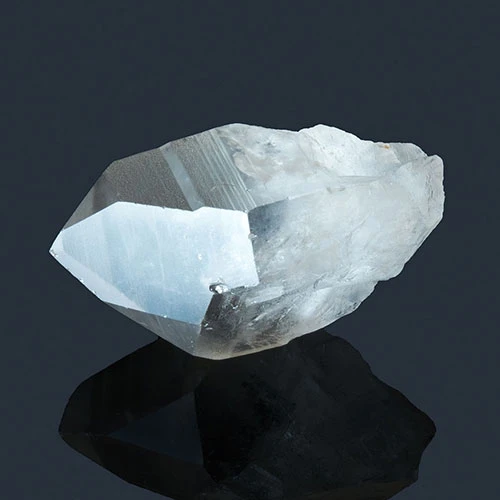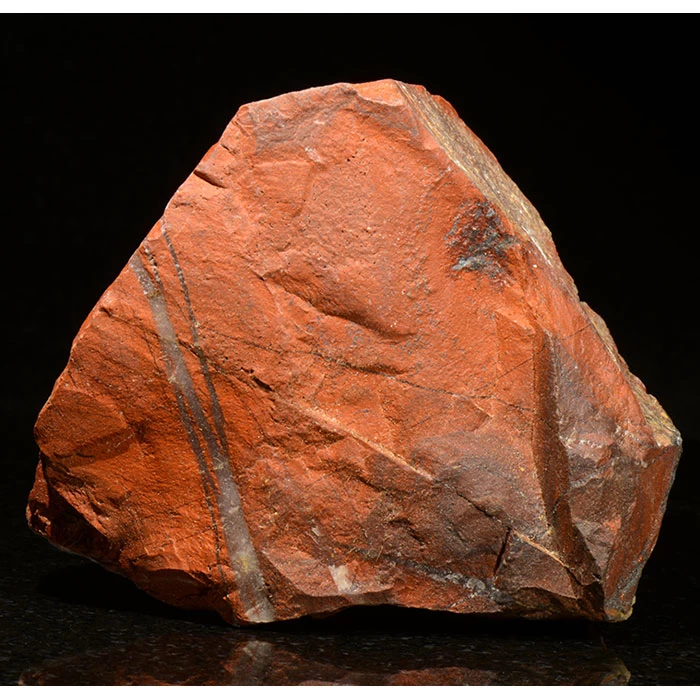What is Plagiarism?

| Contents 1. What is Plagiarism? 2. Paraphrasing Can Lead to Inaccuracies 3. Plagiarising Plagiarised Articles 4. Create Something Unique |
What is Plagiarism?
Plagiarism is stealing someone else's work or ideas and presenting them as your own.
Finding original articles online that have not been plagiarised, especially regarding crystals, can be challenging. Many articles are repetitive, inaccurate, and have often been written solely to boost a website's search engine rankings.
I have been writing articles for the Stone Mania website for many years, and one thing remains certain: plagiarism is still a serious problem.
The word 'plagiarism' originates from the Latin word plagiarius, meaning 'kidnapper'. This practice has led to the spread of a vast amount of misleading and incorrect information online.
Despite violating Google’s User Guidelines, plagiarism once became so bad that Google had to step in. Following an update to their algorithm, they announced that duplicate content would no longer rank well in search results.
Plagiarism has existed for as long as people have had words to say and ideas to copy. The word itself dates back to around 80 A.D., and it's widely believed that William Shakespeare and Leonardo da Vinci 'borrowed' from the work of others.
Before Internet use became widespread, most people were largely unaware of plagiarism. However, as the Internet grew, the ease of accessing and sharing information made it far easier and more tempting to steal people's work and ideas.
Regarding crystals, a quick Google search for any popular stone will return hundreds of pages with strikingly similar information.
There was a time when search result snippets displayed the exact words used in the search query, which made it relatively easy to identify duplicate content.
I recall doing some research for an article I was writing about turquoise. I knew the mineral's name came from the French 'pierre turquoise', but wasn't familiar with much else about its history. Having searched for 'pierre turquoise', hundreds of results appeared, yet the text in many was strangely similar.
The results all came from different websites, yet exactly the same information, often using the same words, was repeated again and again. While some authors tried to conceal the plagiarism, many hadn’t bothered.
That said, everyone has their own way of expressing themselves, so while it’s possible for a few lines or an occasional paragraph to resemble something written by someone else, anything more is likely to be plagiarism.
Paraphrasing Can Lead to Inaccuracies
Once Google addressed the problem by penalising duplicate content in search results, word spread quickly. While it was a turning point for many, it didn’t eliminate the problem completely.
Those still intent on plagiarising others' work began making more drastic changes. Instead of altering just a few words here and there, entire paragraphs were now being paraphrased. Information from multiple sources was also being combined.
This led to an entirely new problem. With so much content being paraphrased, often by people who lacked expertise in the subject matter and from articles that had already been plagiarised so were no longer accurate, facts were becoming confused or lost altogether.
A perfect example of this can be seen in another article I've written about Kambaba Jasper.
If an article has been paraphrased and is too similar to the original, it's still considered plagiarism. Copying elements of different articles and using them to create something new is also considered plagiarism.
Paraphrasing is reproducing someone else's work using your own words, but to retain accuracy, it's essential to have a good understanding of the subject matter.
In a Google search for "Amethyst well-known mineral and gemstone," I received the following results. Despite being from different sources, it’s easy to see that all have been plagiarised.
Plagiarism is far more common on small business websites, particularly those related to crystals. I believe this is because the people behind these sites recognise the importance of publishing articles in order to improve search engine rankings. However, few have the time, resources, or expertise to continually produce new content.
As a result, many resort to plagiarising from other crystal or geology-related articles, often reproducing the original work inaccurately. Some also hire copywriters.
A copywriter will typically do research online and will likely use A.I. While the final article might read well, there’s a good chance it will be vague and lack accuracy. If it ranks well on Google, you can be certain it will be plagiarised.
Plagiarising Plagiarised Articles
Around 5.4 billion people globally have access to the internet, representing about 68% of the world's population. Of the 1.13 billion websites, around 200 million are believed to be active and regularly updated. This means an enormous amount of data is being shared.
As a result, plagiarising someone else's work is as simple as copying and pasting. While the problem is unlikely to ever disappear completely, with technology constantly evolving, Google will continue finding new ways to combat it.
Here's a perfect example of how accuracy can be lost by plagiarising an article that has already been plagiarised. This story, which is about the origins of the name amethyst, is mentioned on countless websites. It comes from a myth written by French Poet Remy Belleau, published a year before his death in 1576.
This is a copy of the original text, which is not that easy to find:
"Bacchus (Roman name for Dionysus, Greek God of wine) was pursuing a maiden named Amethyste who refused his affections. Amethyste prayed to the gods to remain chaste, a prayer which the goddess Diana answered, transforming her into a white stone.
Humbled by Amethyste's desire to remain chaste, Bacchus poured wine over the stone as an offering, dyeing the crystals purple"
Although written in the 15th century, almost every article that talks about the origins of the name amethyst claims that it comes from Greek mythology. Furthermore, as the text has been repeatedly plagiarised, its accuracy has deteriorated. In some cases, it's no longer recognisable as the original myth. In fact, several variations now exist.
This is one of many versions in circulation:
"Dionysus had been insulted by a mortal and swore to slay the next who crossed his path, creating fierce tigers to carry out his wrath. The mortal turned out to be a beautiful young woman named Amethystos, who was on her way to pay tribute to Artemis (Goddess of virginity and protector of young girls). Her life was spared by Artemis, who transformed the maiden into a statue of pure crystalline quartz to protect her from the brutal claws.
Dionysus wept tears of wine in remorse for his action at the sight of the beautiful statue. The God's tears subsequently stained the quartz purple."
Despite being a heart-warming tale, that’s all it is. This myth has become so ingrained in popular belief that it's now incredibly difficult to establish whether amethyst was ever genuinely mentioned in Greek or even Roman mythology through any online reference.
Despite extensive research using various sources, the only stories that appear are different versions of the myth written by Remy Belleau. All claim that it comes from Greek mythology.
What few people realise is that someone else's work can be republished without being penalised, providing citations are used. These show the reader where the work has come from and reveal the identity of the author.
Citations must be used whenever something is quoted or paraphrased, if an idea that belongs to someone else has been used, and when a reference is made to someone else's work. Citations should also enable the reader to find the original text should they wish to.
Create Something Interesting and Unique
Plagiarism is not just about reproducing written material to pass off as your own. It also includes ideas, photographs, and even how a business presents itself.
In many ways, it's similar to copyright infringement, which is using someone else's work without obtaining their permission.
Plagiarism is slightly different because not only is someone else's work being used, but the person using it is taking all the credit.
Some years ago, a small business just fifty miles from where I'm located plagiarised my entire business model, including my website. I only found out when I landed on an article that had been plagiarsied from me.
You can read what happened when I contacted them and their response in another article on my blog. It's right here.
When writing articles to publish online, using other people’s work for research is perfectly acceptable. However, the article that's reproduced must be interesting and unique and retain the accuracy of the original work.
Plagiarised content won’t improve your search engine ranking, attract new visitors, or benefit your business. Maintaining originality is important not only for ethical reasons but also for your website's long-term success and credibility.








